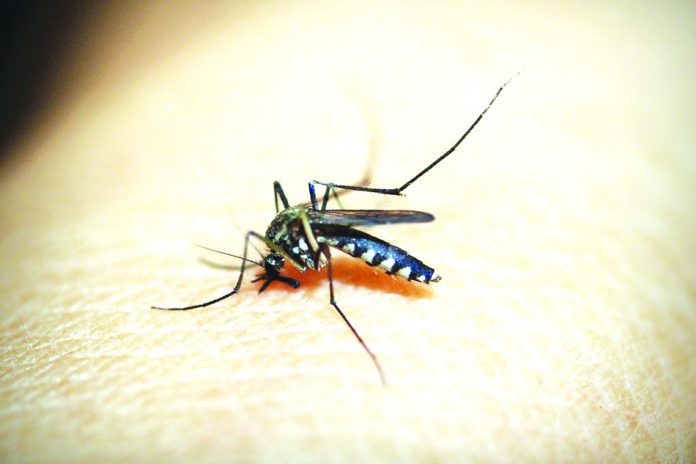
ILOILO – By the 38th morbidity week (Sept. 15 to 21, 2019), the Provincial Health Office (PHO) recorded 409 new cases of dengue.
These brought to 19,929 the dengue cases (with 77 deaths) in the province recorded since Jan. 1 this year.
Last year from Jan. 1 to Sept. 21, PHO recorded 1,521 cases (with five deaths).
Dr. Patricia Grace Trabado, PHO chief, reiterated the importance of constant cleanups specifically targeting clear, stagnant water where dengue mosquitoes breed.
“Do not be complacent,” she told residents.
PHO identified 10 areas with high dengue cases. These were: Pototan (1,417 cases with 12 deaths), Cabatuan (901 cases with five deaths), Passi City (863 cases with one death), Dumangas (853 cases with two deaths), Maasin (767 cases with four deaths), Calinog (742 cases with two deaths), Santa Barbara (726 cases with three deaths), Dingle (709 cases with one death), Sara (706 cases with four deaths), and Lambunao (702 cases with five deaths).
PHO also named the five areas with the least dengue cases. These were Batad (104), San Joaquin (109 cases with one death), Tubungan (113 cases with one death), Guimbal (114 cases with one death), and San Rafael (148).
Dengue is a mosquito-borne viral infection causing a severe flu-like illness that could sometimes be fatal. Its carriers are day-biting mosquitoes (Aedes albpictus and Aedes aegypti).
According to the World Health Organization, individuals should suspect dengue when a high fever (40 degrees centigrade) is accompanied by two of the following symptoms: severe headache, pain behind the eyes, nausea / vomiting, swollen glands, muscle and joint pains, and rash.
For severe dengue, the warning signs to look out for are: severe abdominal pain, persistent vomiting, rapid breathing, bleeding gums, blood in vomit, fatigue, and restlessness.
Trabado said the 4S strategy must be sustained. It stands for: search and destroy mosquito breeding places, self-protection measures, seek early consultation for fever lasting more than two days, and say “no” to indiscriminate fogging./PN



